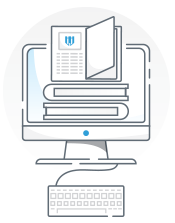As an individual taxpayer, the Internal Revenue Service (IRS) allows you to make certain deductions. For example, you can make miscellaneous itemized deductions in relation to expenses incurred during your employment.
For the most part, taxpayers should only claim these deductions if they were not reimbursed by their employer for these expenses. Additionally, these expenses must be considered ordinary and necessary in order for you to do your job. They cannot include personal expenses.
While the IRS does allow for you to deduct these items, they also have established two barriers that reduce your overall deduction value.
The first barrier, also known as the 2%-of-income, or AGI, tax is the most likely to affect Tier II miscellaneous deductions. (Tier II miscellaneous deductions include, but are not limited to, those related to employee business, investment, some legal and home office expenses.) The 2% AGI barrier totals up all of the miscellaneous deductions and reduces the value by 2% of the taxpayer’s AGI for that year.
The second barrier, AMT, will make all Tier II expenses non-deductible. However, Royal Legal Solutions can help you plan your deductible approach this tax year. Below, we list several strategies that can help you get the most out of your deductions.
Overcoming the IRS barriers is easier if you have a set strategy. Let’s take a look.

Scott Royal Smith is an asset protection attorney and long-time real estate investor. He's on a mission to help fellow investors free their time, protect their assets, and create lasting wealth.

Ready to know more than your attorney? Join our community platform where you'll get immediate FREE access to all our best educational resources for real estate investors. Including 8 Masterclasses, group mentoring replays, and much, much more.
Join thousands of real estate investors in all 50 states as they enjoy exclusive content, special promotions, and behind-the-scenes access to me and my guests. No spam, ever. Just great stuff!
